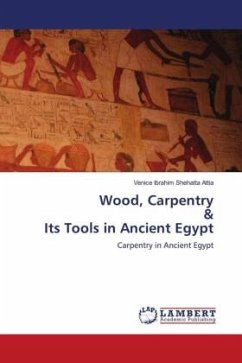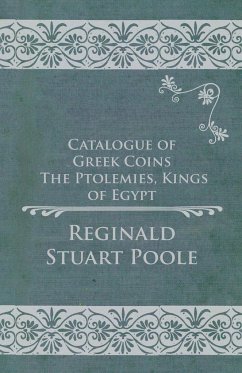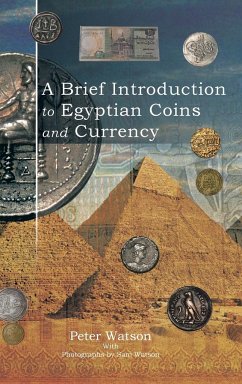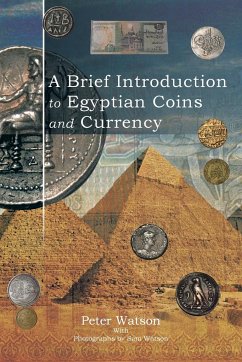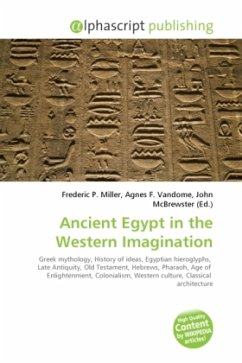
Ancient Egypt in the Western Imagination
Versandkostenfrei!
Versandfertig in 6-10 Tagen
26,99 €
inkl. MwSt.

PAYBACK Punkte
13 °P sammeln!
Egypt has loomed large in the Western imagination from the very first written texts in the Greek and Hebrew traditions. Egypt was already immemorially ancient to outsiders, and the idea of Egypt, as a figment of the Western imagination, has continued to be at least as influential in the history of ideas as the actual historical Egypt itself. All Egyptian culture was transmitted to Roman and post-Roman European culture through the lens of Hellenistic conceptions of it, until the decipherment of Egyptian hieroglyphics by Jean-François Champollion in the 1820s rendered Egyptian texts legible. Af...
Egypt has loomed large in the Western imagination from the very first written texts in the Greek and Hebrew traditions. Egypt was already immemorially ancient to outsiders, and the idea of Egypt, as a figment of the Western imagination, has continued to be at least as influential in the history of ideas as the actual historical Egypt itself. All Egyptian culture was transmitted to Roman and post-Roman European culture through the lens of Hellenistic conceptions of it, until the decipherment of Egyptian hieroglyphics by Jean-François Champollion in the 1820s rendered Egyptian texts legible. After Late Antiquity, the Old Testament image of Egypt as the land of enslavement for the Hebrews predominated, and "Pharaoh" became a synonym for despotism and oppression in the 19th century. However, Enlightenment thinking and colonialist explorations in the late 18th century renewed interest in ancient Egypt as both a model for, and an exotic alternative to, Western culture, particularly as a Romantic source for classicizing architecture.



